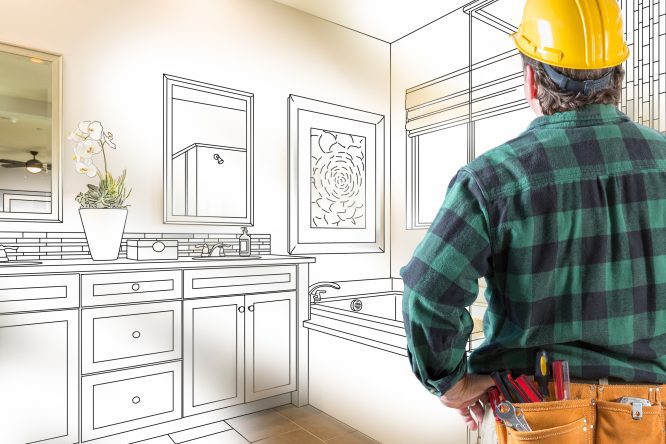As the number of people living with dementia continues to rise, a wave of memory care construction is sweeping the country, and new bells and whistles are being introduced all the time — yet, what’s really most important in memory care design?
Recently, I asked a volunteer for her point of view. She has led resident activities in a community’s outdated memory care wing for years and is making the transition to running programming out of the community’s brand-new, $18.5 million stand-alone memory care building.
After the volunteer’s first day of leading a resident program in the new memory care center, I asked her how it compared to the former space. Here are her thoughts on what she would keep in the new design — and what she would change:
Keep:
• Privacy: Residents in the new center have their own spacious rooms and baths, with airy picture windows.
• Mood-enhancing lighting: State-of-the-art circadian lighting changes on a 24-hour-cycle to promote better sleep.
• Access to nature: Secure, outdoor courtyards have walking paths.
• Sensory stimulation: A relaxation room offers soft, comfortable seating and aroma therapy.
• Pet friendliness: Residents can have their own cats!
Change:
• Poorly designed programming spaces: To attend a program in the main multi-purpose room, residents have to be escorted
a long way, down hallways and through two secure doors. There’s no storage for craft supplies near where activities
take place.
• Style before safety: The beautiful marble reception counter has a sharp edge, and one of the volunteers promptly
banged her hip on it.
• Impersonal decor: Hall walls are adorned with art chosen by a decorator, but this volunteer would prefer a changing
showcase of artistic creations by residents.
• Unbranded exterior: Outside, the main sign simply reads: “Memory Care Center.” The generic name feels cold, impersonal
and uninviting.
To sum it up, this volunteer appreciated many of the center’s state-of-the-art features, but there were gaps in function that made it harder for people to connect. The overall lesson here? When designing a new service or building, it’s valuable to elicit feedback from volunteers, along with other stakeholders. They often have years of experience and may think of ideas that others haven’t considered. The bottom line is this: From this volunteer’s point of view, high-end decor and state-of-the-art innovations are important, but the most important element in memory care design is the human element.



